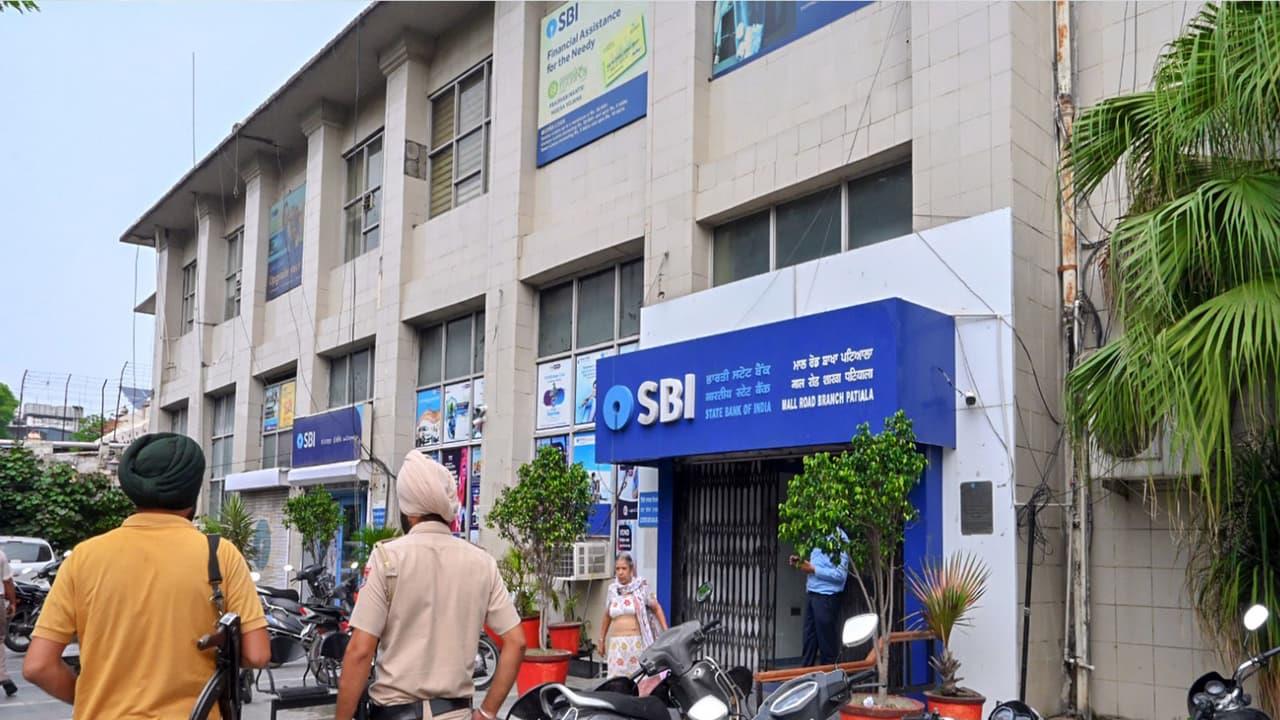Public Sector Banks Outpace Private Lenders With Double-Digit Advances In 15 Years: Report
For the first time since March 2010, Public Sector Banks (PSBs) reported double-digit growth in advances at 12.2 per cent year-on-year in FY25, surpassing Private Sector Banks' (PVBs) growth of 9.5 per cent, according to a Systematix Group report. "PSBs held a dominant 74.9 per cent market share of advances in March 2011, which steadily deteriorated to 51.8 per cent by March 2024. For the first time since March 2010, PSBs recorded 12.2 per cent YoY growth in Advances in FY25, outpacing that of PVBs at 9.5 per cent," the report said.
While credit growth accelerated, the report highlighted that deposits have been lagging advances for three consecutive years, stretching the system's credit-to-deposit ratios. Despite this, PSBs are better positioned in terms of liquidity compared to their private counterparts. Citing research agency CRISIL, the report said,“Despite US' tariff impositions having disrupted exports, CRISIL expects advances for the banking sector to grow at 11 per cent to 12 per cent in FY26. Our comfort on advances growth comes from RBI's efforts to improve liquidity in the system and central government's measures to enhance economic growth.”
On liabilities, the report said that PSBs managed to retain deposit market share in FY25 with only a marginal decline of 56 basis points, despite strong competition from the largest private lender HDFCB. Branch expansion by PSBs, following years of consolidation, has also supported deposit mobilisation. Notably, household deposits form a larger share of total deposits at PSBs, standing at 67.6 per cent, compared to 52.1 per cent for private banks.
Systematix pointed out that the gap in asset quality between PSBs and PVBs has nearly disappeared. Over the last five years, PSBs have increasingly relied on technology to strengthen underwriting standards, which has kept gross slippage ratios in check. Provisions have also been built aggressively to safeguard against potential risks, aligning them more closely with private peers.
Recoveries from technically written-off accounts provided a significant boost to PSBs' profitability. In FY25, such recoveries contributed between 18 per cent and 22.8 per cent to return on assets for most PSBs, with some banks recording higher recovery ratios. The report said these gains appear sustainable in the medium term, even though the pace may moderate.
The report stated that public lenders have begun focusing on the sale of insurance, mutual funds, and other third-party products to enhance their non-interest income streams. Training staff and upgrading technology are seen as key enablers in this shift margins, Net Interest Margins (NIMs) across the system have been under pressure due to repo rate cuts. Yet, PSBs were able to limit the decline better than private banks, helped by lower exposure to external benchmark-linked loans and deposit repricing. With additional relief from CRR cuts expected, margins are projected to stabilise later in FY26.
(Except for the headline, this story has not been edited by Asianet Newsable English staff and is published from a syndicated feed)
Legal Disclaimer:
MENAFN provides the
information “as is” without warranty of any kind. We do not accept
any responsibility or liability for the accuracy, content, images,
videos, licenses, completeness, legality, or reliability of the information
contained in this article. If you have any complaints or copyright
issues related to this article, kindly contact the provider above.
Most popular stories
Market Research

- Excellion Finance Scales Market-Neutral Defi Strategies With Fordefi's MPC Wallet
- BILLY 'The Mascot Of BASE' Is Now Trading Live On BASE Chain
- Pascal And Treehouse Partner On Proof Of Concept To Pioneer Smart Clearing For Decentralized Fixed Income Products
- XXKK Exchange Strengthens AML And KYC Systems To Elevate Compliance Standards
- Kucoin Partners With Golf Icon Adam Scott As Global Brand Ambassador
- TOKEN2049 Singapore Breaks Records: 25,000 Attendees At The World's Largest Web3 Event





















Comments
No comment